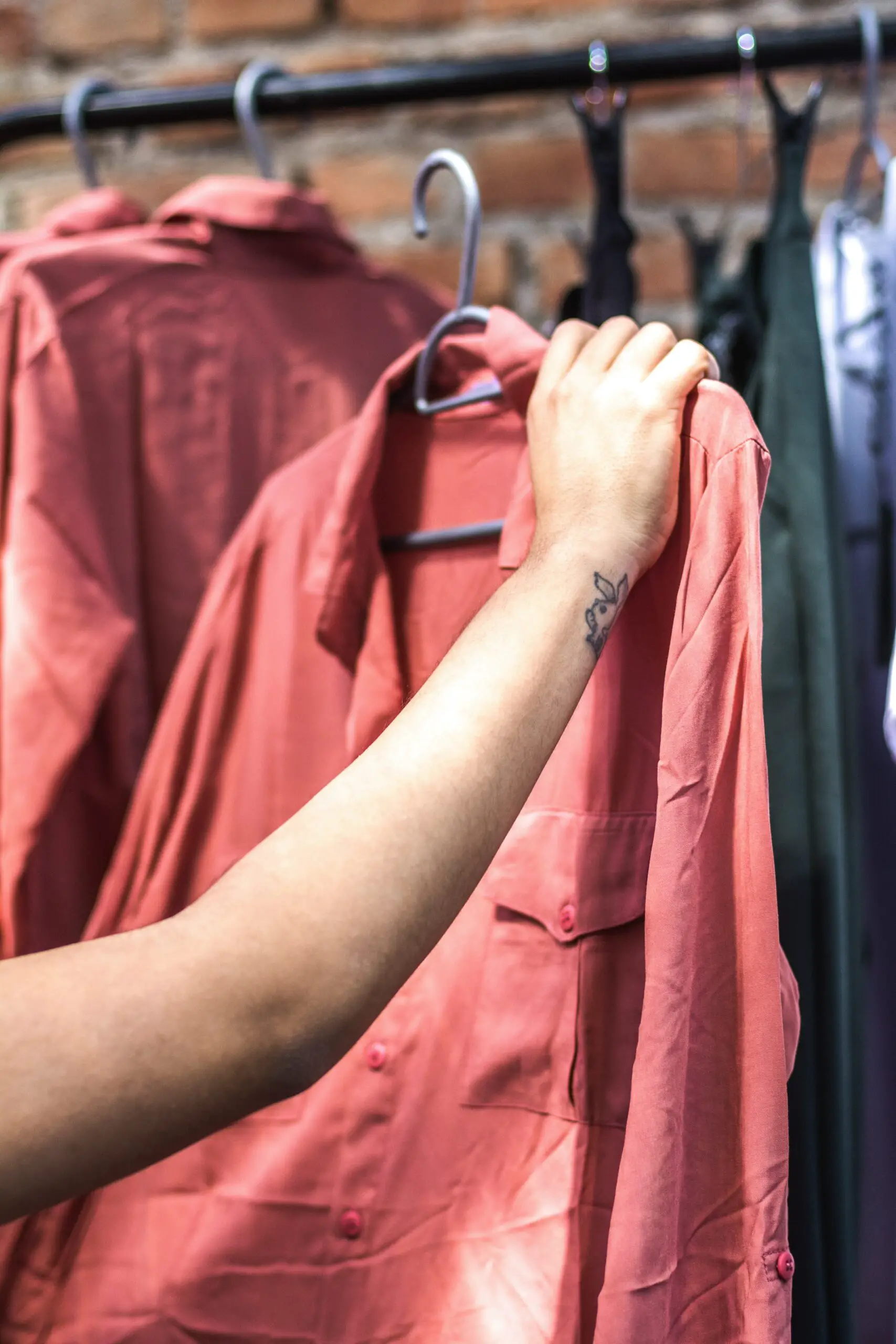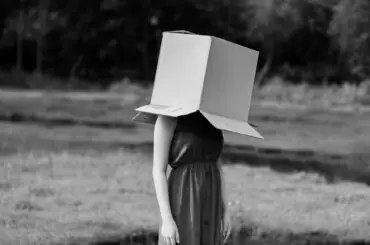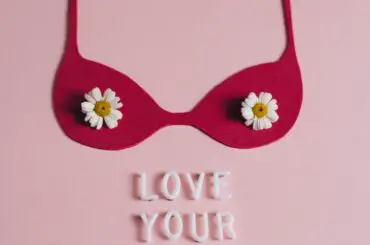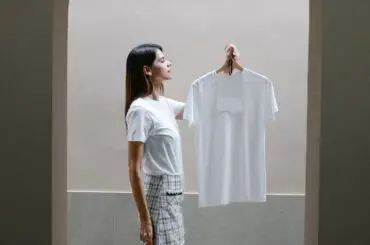Contents
What Order Do You Hang Clothes in the Closet?
Imagine this: you’re getting ready for work in the morning, and you open your closet to find your clothes neatly arranged, like a high-end boutique. You can easily grab your outfit for the day without rummaging through a chaotic jumble of garments. This is the magic of a well-organized closet. In this article, we’ll delve into the art of closet organization and tackle the age-old question: “What order do you hang clothes in the closet?”
Understanding Closet Space
Assessing Available Closet Space
Before you embark on your closet transformation journey, you need to get acquainted with your closet’s physical dimensions. Whether you have a walk-in closet that resembles a small room, a reach-in closet that’s more modest in size, or a custom-designed space, knowing the space you’re working with is crucial
Identifying Closet Types
Closets come in all shapes and sizes, and understanding your closet type is the first step to effective organization. A walk-in closet offers abundant room for creativity. With space to spare, you can create a boutique-style display. On the other hand, reach-in closets demand clever optimization. Here, the key is making the most of every available inch. Custom closets, the crème de la crème, offer endless possibilities. You can tailor these closets to your exact needs, like a fine-tailored suit.
For instance, if you have a reach-in closet, think about utilizing space-saving accessories like closet shelves, hanging organizers, or shoe racks. Maximize every nook and cranny to ensure efficient storage. In a walk-in closet, you can add a comfy chair and a full-length mirror to create a dressing area. The point is, your closet should cater to your specific needs and reflect your lifestyle.
Sorting Your Wardrobe
Seasonal Categorization
Sorting your clothes seasonally is a game-changer. When the weather shifts from the icy grasp of winter to the warm embrace of spring, you want to be able to access your lighter clothes easily. So, divide your clothes into seasonal categories. Store your summer, fall, winter, and spring clothing separately. Don’t forget transitional pieces like light jackets or cardigans that help bridge the gap between seasons.
Consider this scenario: it’s the first warm day of spring, and you’re in a hurry to find your favorite pair of shorts. Instead of digging through piles of sweaters and coats, you head straight to your neatly labeled “Spring” section in the closet. Voila! Your shorts are right there, front and center.
Occasion-Based Categorization
Occasion-based categorization is all about separating your clothes by their intended use. Different clothes serve different purposes, right? Think work attire, casual wear, and formal outfits. These should have their designated sections in your closet.
Let’s say you have an important meeting at the office. You don’t want to waste time sifting through your casual wear to find your sharp business suit. By categorizing based on occasions, you can simply stroll over to your “Work Attire” section and grab your suit, ensuring you look polished and professional.
Function-Based Categorization
In addition to seasons and occasions, consider function-based categorization. Everyday clothing, sportswear, and special occasion attire each have unique demands. They deserve their own dedicated zones.
Imagine you’re getting ready for your weekly yoga class. You don’t want to be searching for your yoga pants amidst your formal dresses. A designated “Sportswear” section ensures that your workout gear is easily accessible when you need it.
Prioritizing Frequently Worn Items
Now, let’s talk about the 80/20 rule. It states that you wear 20% of your clothes 80% of the time. These are your daily essentials. So, make sure they’re the easiest to reach. Your favorite jeans, that comfy t-shirt, and those sneakers you wear everywhere should be front and center.
Consider this: it’s a lazy Sunday morning, and you want to slip into your go-to weekend outfit. By having your frequently worn items within arm’s reach, you can effortlessly assemble your outfit and enjoy a relaxing day.
Hanger Choice and Clothing Material
Types of Hangers
Hanger choice may seem like a minor detail, but it can make a significant difference in your closet’s organization and your clothing’s longevity. There are various hanger materials to choose from, each with its own set of advantages.
- Wooden Hangers: Wooden hangers exude a classic, elegant look. They are perfect for heavy garments like coats and suits, as they provide robust support.
- Plastic Hangers: Plastic hangers are budget-friendly and lightweight. They’re suitable for a variety of clothing but work best for lightweight items like t-shirts and blouses.
- Velvet Hangers: Velvet hangers have a non-slip surface, making them ideal for delicate fabrics like silk or satin. They prevent clothes from sliding off and wrinkling.
- Wire Hangers: Wire hangers are a common sight from the dry cleaner, but they’re not the best choice for most garments. They can misshape clothing and leave unsightly marks.
Suitability for Different Materials
When selecting hangers, consider the materials of your clothing. Delicate fabrics like silk, satin, and cashmere fare best on velvet hangers. These hangers prevent slippage and potential damage to your cherished items. Sturdier materials like denim or leather can tolerate wire hangers without losing their shape.
Here’s an example: you have a collection of silk blouses that you cherish. By using velvet hangers for these delicate pieces, you ensure they remain in pristine condition. No more worrying about creases or snags.
Hanging Clothes in the Right Order
Top-to-Bottom Hanging
Now, let’s talk about the order in which you hang your clothes. The golden rule is to hang clothes from top to bottom. This means your tops, such as shirts and blouses, should be at eye level. Pants and trousers should take the lower tiers. This top-to-bottom approach creates a visual balance and makes everything easily accessible.
Organizing by Clothing Type
Within each tier, organize your clothing by type. Your shirts have their section, your dresses and skirts have theirs, and don’t forget about your outerwear. Accessories like scarves, ties, and belts should have their dedicated hooks or shelves.
Let’s say you have a big event coming up, and you need to find the perfect tie to match your suit. Instead of frantically searching through a tangled mess of accessories, you head over to your designated “Accessories” section. Your ties are neatly arranged, making it a breeze to find the one that complements your outfit.
Utilizing Closet Accessories
Shelves, Drawers, and Cubbies
Closet accessories like shelves, drawers, and cubbies are your secret weapons for an organized closet.
- Shelves: Use shelves to fold and stack items like jeans, sweaters, and bags. This prevents unsightly wrinkles and creases.
- Drawers: Delicate garments, undergarments, and even socks can find a safe haven in drawers. No more lost socks or tangled lingerie.
- Cubbies: Shoes, handbags, and small accessories can be neatly arranged in cubbies. This keeps your floor clear and your items within arm’s reach.
Hanging Organizers
Hanging organizers are a brilliant way to maximize vertical space. Hang them from your closet rod, and you’ll have the perfect spot for shoes, scarves, belts, and even jewelry. These organizers save precious floor space and keep things within arm’s reach.
Hooks and Racks
Hooks and racks are the unsung heroes of closet organization. These versatile tools can hold hats, bags, jewelry, and more. They’re like the superheroes of closet organization, rescuing your space from clutter.
Shoe Storage Solutions
For the shoe aficionados out there, your beloved footwear deserves a dedicated space. Whether you opt for shoe racks, cubbies, or clear shoe boxes, keeping your shoes organized not only prevents them from getting scuffed but also makes your closet feel like a high-end boutique.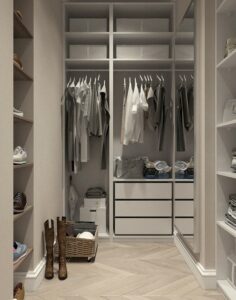
Imagine a typical morning when you’re rushing to get ready. You don’t have time to search for your favorite pair of heels or sneakers. With a dedicated shoe storage solution, you can easily spot the pair you need and be out the door in no time.
Specialty Items and Seasonal Storage
Storing Handbags and Purses
Handbags and purses often get overlooked when organizing a closet. These accessories need a bit of special care. Hang them on hooks or store them on shelves, making sure to use cloth bags to protect them from dust and damage.
Delicate and Special Occasion Items
Delicate items like evening gowns, tuxedos, and wedding dresses, as well as special occasion pieces, deserve extra attention. Garment bags or storage boxes are your best friends. These protective covers shield your cherished items from dust, light, and potential snags.
Seasonal Rotation and Storage
As the seasons change, so should your closet. When winter turns to spring, rotate your off-season clothing to the back of your closet or the upper shelves. To save space and protect your clothes, consider vacuum-sealed bags. These nifty bags compress your items, making them more compact and guarding against pests and moisture.
Maintaining an Organized Closet
Regular Decluttering and Donation
Maintaining an organized closet is an ongoing process. Every few months, set aside time for decluttering. Go through your clothes and assess what you no longer wear or need. If an item no longer sparks joy, it’s time to say goodbye. Consider donating gently used clothing to local charities or thrift stores. By keeping your closet clutter-free, you’ll maintain a sense of order and space.
Creating a Closet Maintenance Schedule
To prevent your closet from falling into disarray, establish a maintenance schedule. Schedule regular check-ins to ensure that items are in their designated spots and that you haven’t accumulated unnecessary clutter. Consistency is key to preserving your well-organized closet.
Adapting Your Organization System
Be prepared to adapt your organization system as your wardrobe evolves. As you add new items or remove old ones, your closet’s setup may need adjustments. Flexibility and adaptability are essential to keeping your closet in top form.
Space-Saving Techniques
Color Coding Your Wardrobe
Color coding your wardrobe is not just aesthetically pleasing but also practical. When you organize your clothes by color, it’s easy to find what you’re looking for. Plus, it creates a visually pleasing gradient in your closet. Color-coding can also serve as a form of creative self-expression.
Utilizing Vertical Space
Make the most of every inch of your closet by using vertical space. Install hooks and shelves higher up to store items that are less frequently used. Keep items you need daily at eye level. By utilizing vertical space, you’re making your closet more efficient.
Folding vs. Hanging
Certain items, like knits and sweaters, prefer folding to hanging. Fold these items neatly and store them in drawers or on shelves. Not only does this prevent shoulder bumps, but it also maximizes your closet’s space.
For example, bulky sweaters can stretch out and lose their shape if hung on hangers. Folding them and placing them on shelves is the perfect solution to keep them in good condition.
Personalizing Your Closet
Incorporating Personal Style
Your closet should be an extension of your personal style. Adding personal touches like artwork, scented sachets, or even a stylish mirror can make your closet feel like a cozy retreat. The more inviting your closet is, the more likely you’ll enjoy spending time there.
Lighting and Visibility
Proper lighting is crucial for an organized closet. A well-lit closet ensures you can see all your options clearly. Consider installing a light fixture or LED strips to brighten things up. Good lighting not only aids in locating items but also enhances the overall ambiance of your closet.
Troubleshooting Common Closet Problems
Dealing with a Small or Crowded Closet
Small closets can present a unique challenge. To maximize the available space, consider using over-the-door shoe organizers, cascading hangers, and slimline velvet hangers. These solutions help you make the most of every inch. Additionally, regular decluttering is essential to keep a small closet functional.
Shared closets require communication and collaboration. Ensure that each person has their designated space within the closet. Divide the closet logically based on each person’s clothing needs and preferences. Clear labeling can help prevent mix-ups.
Addressing Unusual or Irregular Items
If you have unusual or irregular items like snow gear or a collection of hats, consider creating dedicated storage solutions outside the closet. Wall-mounted hooks, shelves, or bins in your bedroom or hallway can house these items without cluttering your primary closet space.
Conclusion
In the realm of closet organization, there’s no one-size-fits-all solution. However, with the right strategies and a touch of creativity, you can transform your closet into an orderly haven for your clothing. The order in which you hang your clothes isn’t just about aesthetics – it streamlines your daily routine, saves time, and reduces the stress of finding the perfect outfit.
A well-organized closet isn’t just about the physical space; it’s about simplifying your life. It’s about choosing your outfit with ease, knowing that everything has its place. It’s about decluttering your surroundings and, in turn, decluttering your mind. So, go ahead and give your closet the attention it deserves. Your well-organized closet will not only change your space but enhance your life as well. Happy organizing!

